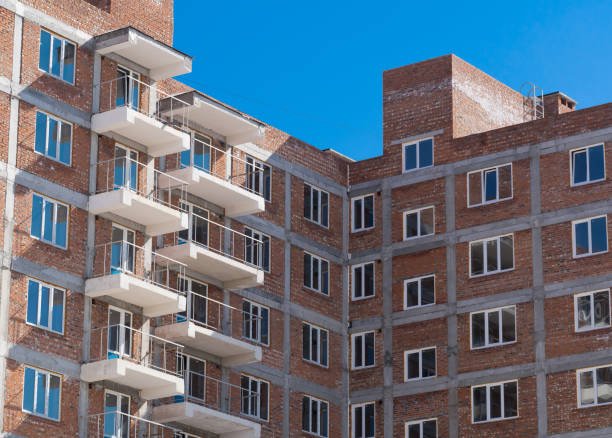Affordable housing remains one of the most pressing issues in India’s urban development landscape. With rapid urbanization and a growing population, the demand for affordable homes has surged. However, various challenges persist, from land acquisition to financial constraints. Despite these hurdles, significant opportunities exist for stakeholders to bridge the housing gap and improve living standards.
The Current State of Affordable Housing in India
Affordable housing refers to housing units that are reasonably priced and accessible to individuals in lower and middle-income groups. While government initiatives like the “Pradhan Mantri Awas Yojana (PMAY)” aim to address housing shortages, the problem remains significant.
Key Statistics:
-
Over 18 million urban households lack adequate housing.
-
Rural areas face a shortfall of around 45 million homes.
-
Rapid migration to urban centers exacerbates housing deficits.
Challenges in Affordable Housing
1. High Land Costs
Land acquisition is one of the most significant challenges in affordable housing projects. Urban land is scarce and expensive, making it difficult to develop cost-effective housing solutions.
2. Regulatory Hurdles
Lengthy approval processes and bureaucratic red tape delay projects and increase costs for developers.
3. Financial Constraints
Many low-income families lack access to formal financing options, making it difficult to secure home loans.
4. Poor Infrastructure
Affordable housing projects are often located on the city’s outskirts, where infrastructure like roads, public transport, and utilities is underdeveloped.
5. Lack of Private Sector Participation
While the government has initiated several schemes, private sector participation in affordable housing remains limited due to low profit margins.
Opportunities in Affordable Housing
Despite the challenges, the affordable housing sector in India presents immense opportunities for growth and investment.
1. Government Initiatives
Programs like PMAY, with its “Housing for All by 2022” mission, offer financial subsidies to homebuyers and incentivize developers.
Key Highlights:
-
Interest rate subsidies under the Credit Linked Subsidy Scheme (CLSS).
-
Fast-tracking approvals for affordable housing projects.
-
Tax benefits for developers working on low-cost housing.
2. Public-Private Partnerships (PPPs)
Collaborations between the government and private developers can accelerate affordable housing development. PPP models enable land pooling, cost-sharing, and resource optimization.
3. Technological Innovations
Technological advancements like prefabricated construction and 3D printing can reduce construction costs and timelines.
4. Focus on Tier 2 and Tier 3 Cities
As urban centers reach saturation, affordable housing projects in Tier 2 and Tier 3 cities can address the housing shortage while stimulating regional economies.
5. Rental Housing Policies
The introduction of rental housing policies, such as the Model Tenancy Act, encourages private sector participation and provides affordable rental options for low-income groups.
The Role of Financial Institutions
Financial institutions play a pivotal role in bridging the affordability gap by:
-
Offering low-interest loans for developers and buyers.
-
Introducing microfinance options for low-income families.
-
Collaborating with government schemes to extend credit facilities.
Sustainable and Green Housing
Sustainability is an emerging trend in affordable housing. Eco-friendly designs and materials not only reduce costs but also ensure long-term benefits for residents.
Examples of Green Housing:
-
Use of renewable energy sources like solar power.
-
Rainwater harvesting systems.
-
Energy-efficient appliances and lighting.
Case Studies of Successful Affordable Housing Projects
1. Magarpatta City, Pune
A self-sufficient township developed through a unique land-pooling model that benefited both developers and landowners.
2. Slum Rehabilitation in Mumbai
The Slum Rehabilitation Authority (SRA) of Mumbai has successfully provided affordable housing to thousands of families while freeing up valuable urban land.
Conclusion
Affordable housing in India is a complex yet solvable issue. By addressing challenges like high land costs and regulatory barriers, and leveraging opportunities such as government schemes and technological advancements, stakeholders can create sustainable solutions.
Collaboration between the public and private sectors, coupled with innovative financial models, will be critical in achieving the dream of housing for all. As India continues its journey towards urbanization, affordable housing must remain a top priority to ensure inclusive and equitable growth.




